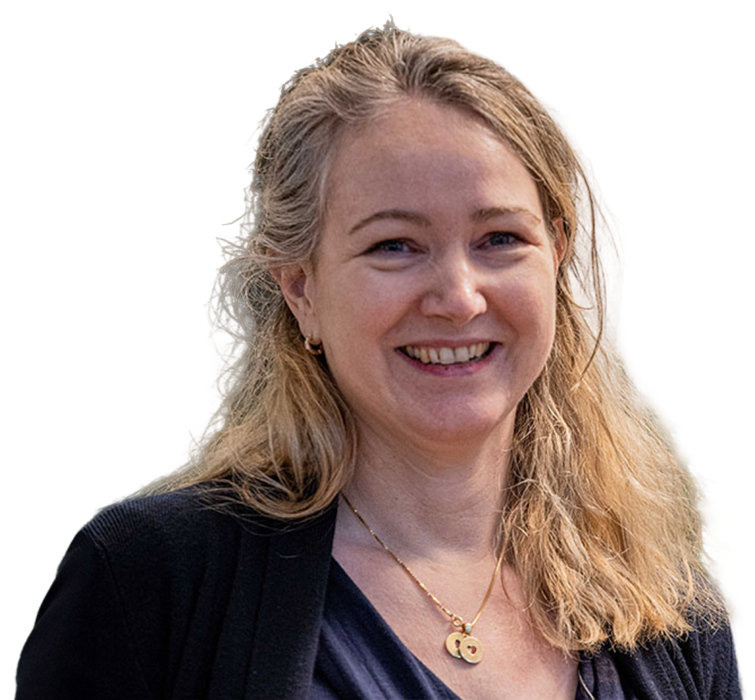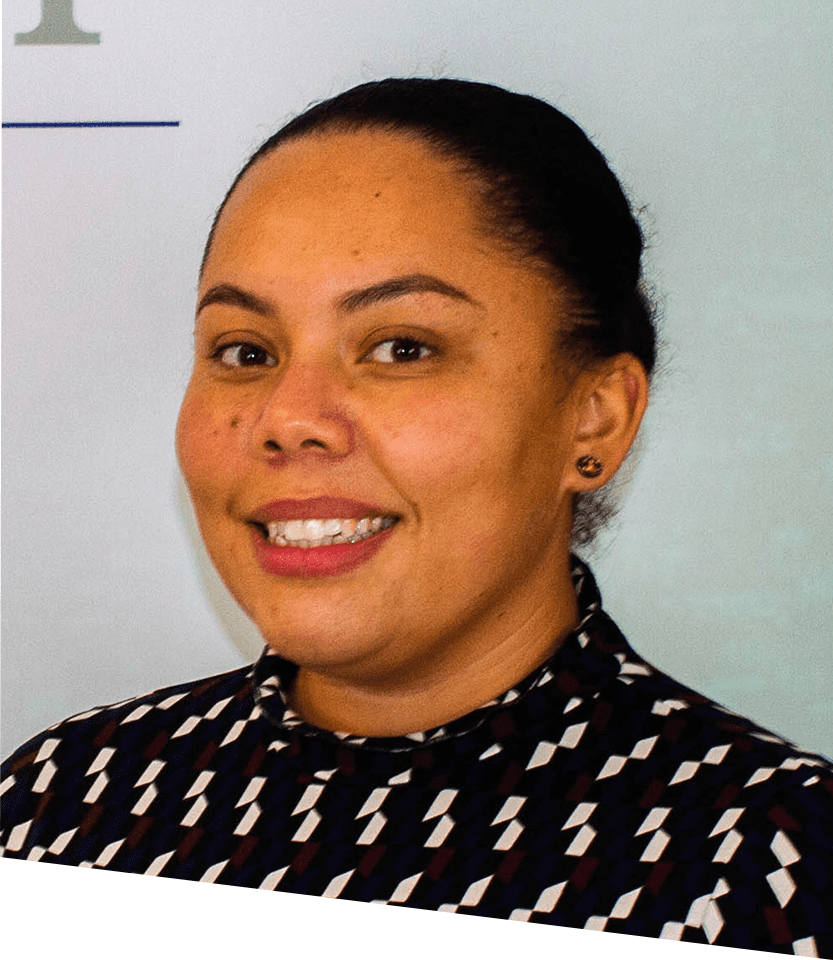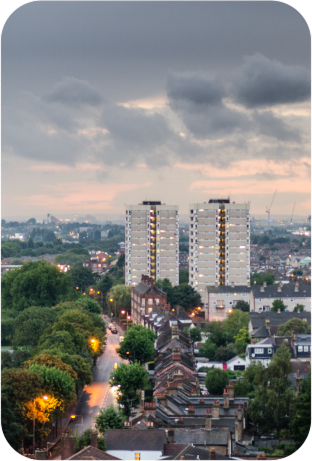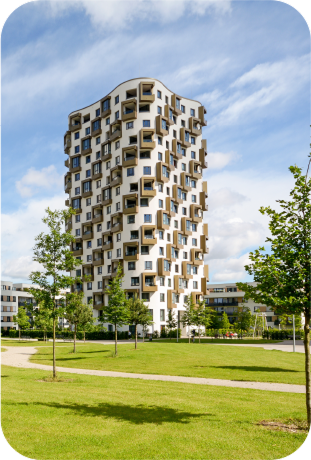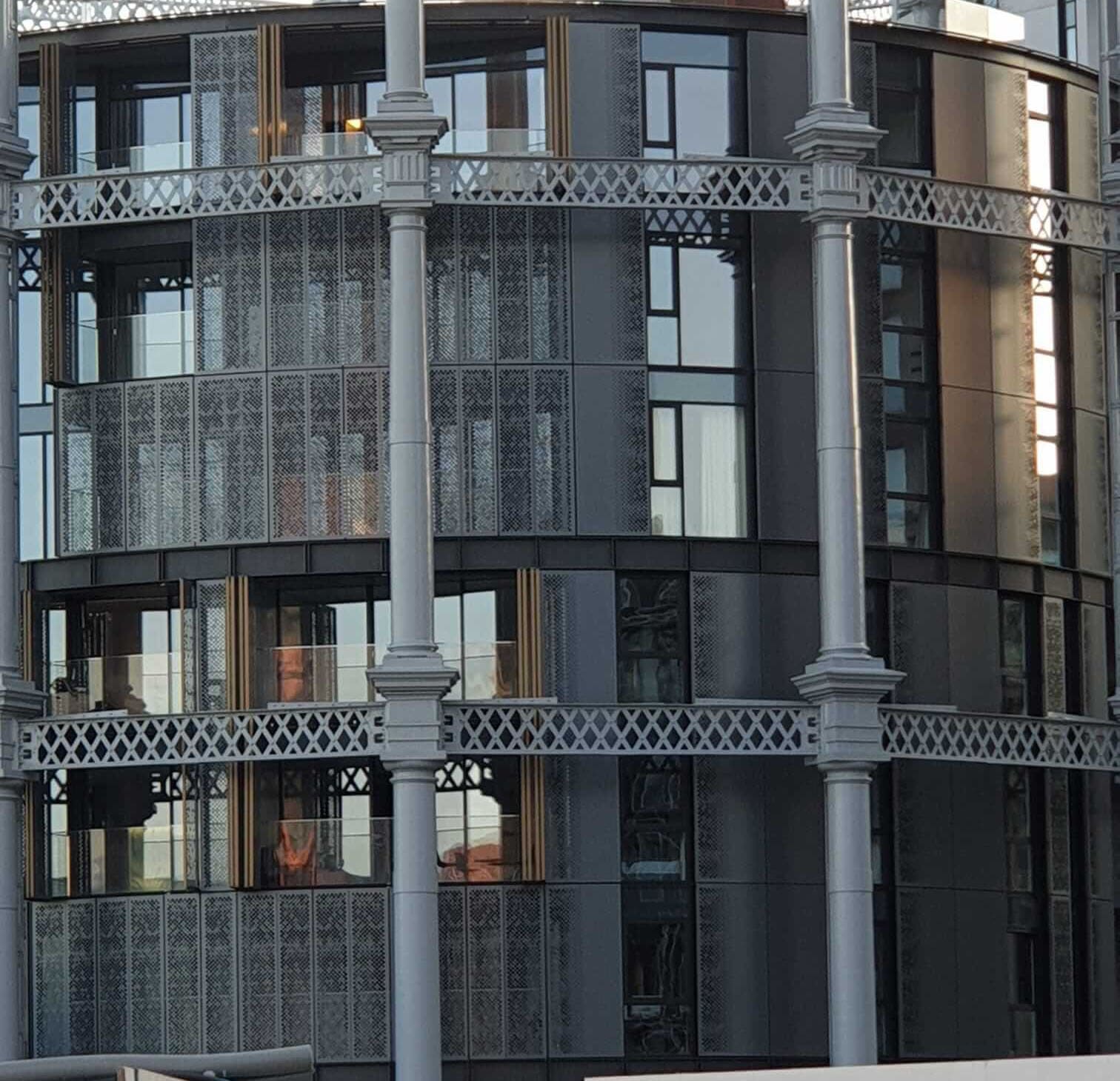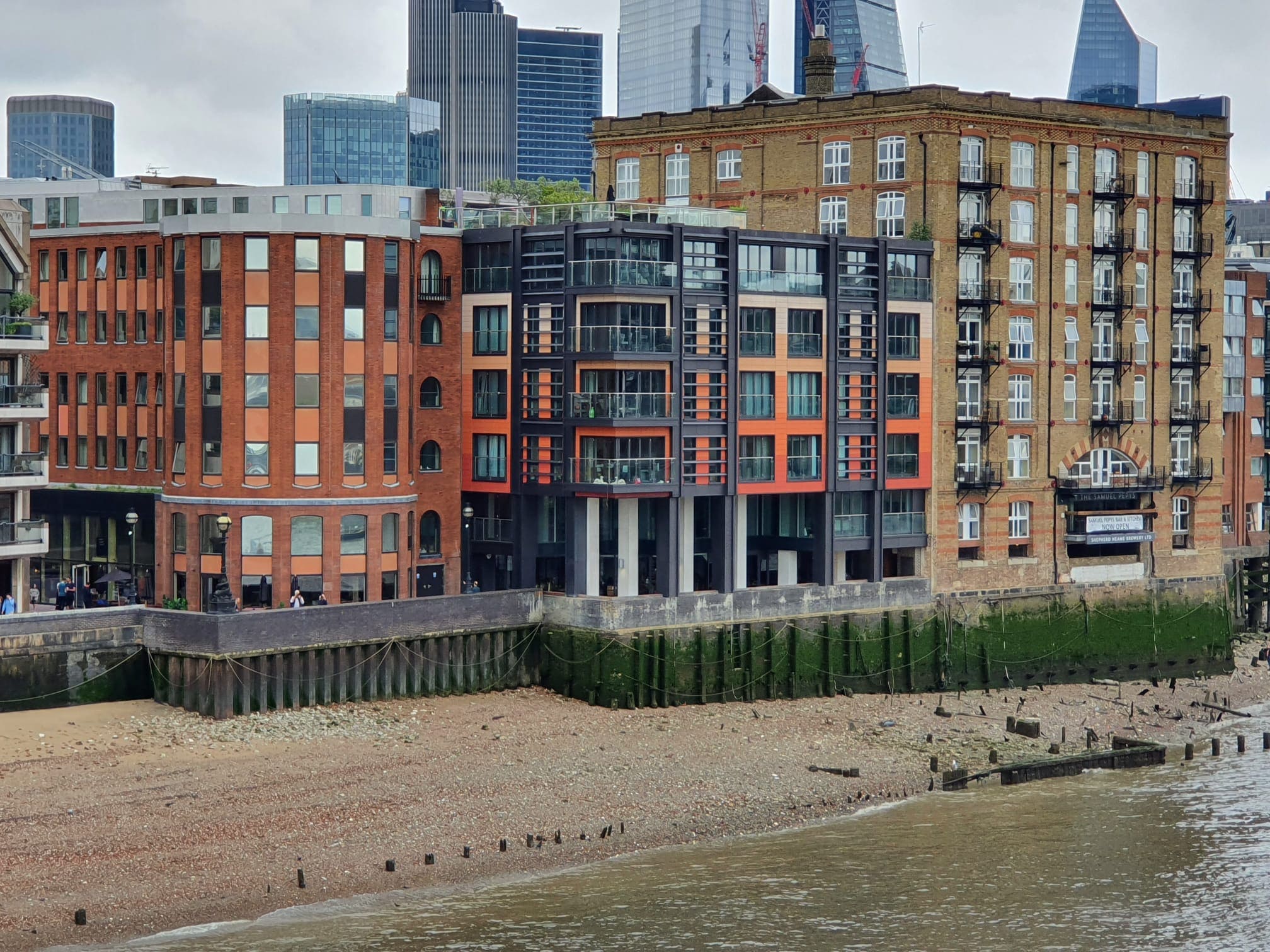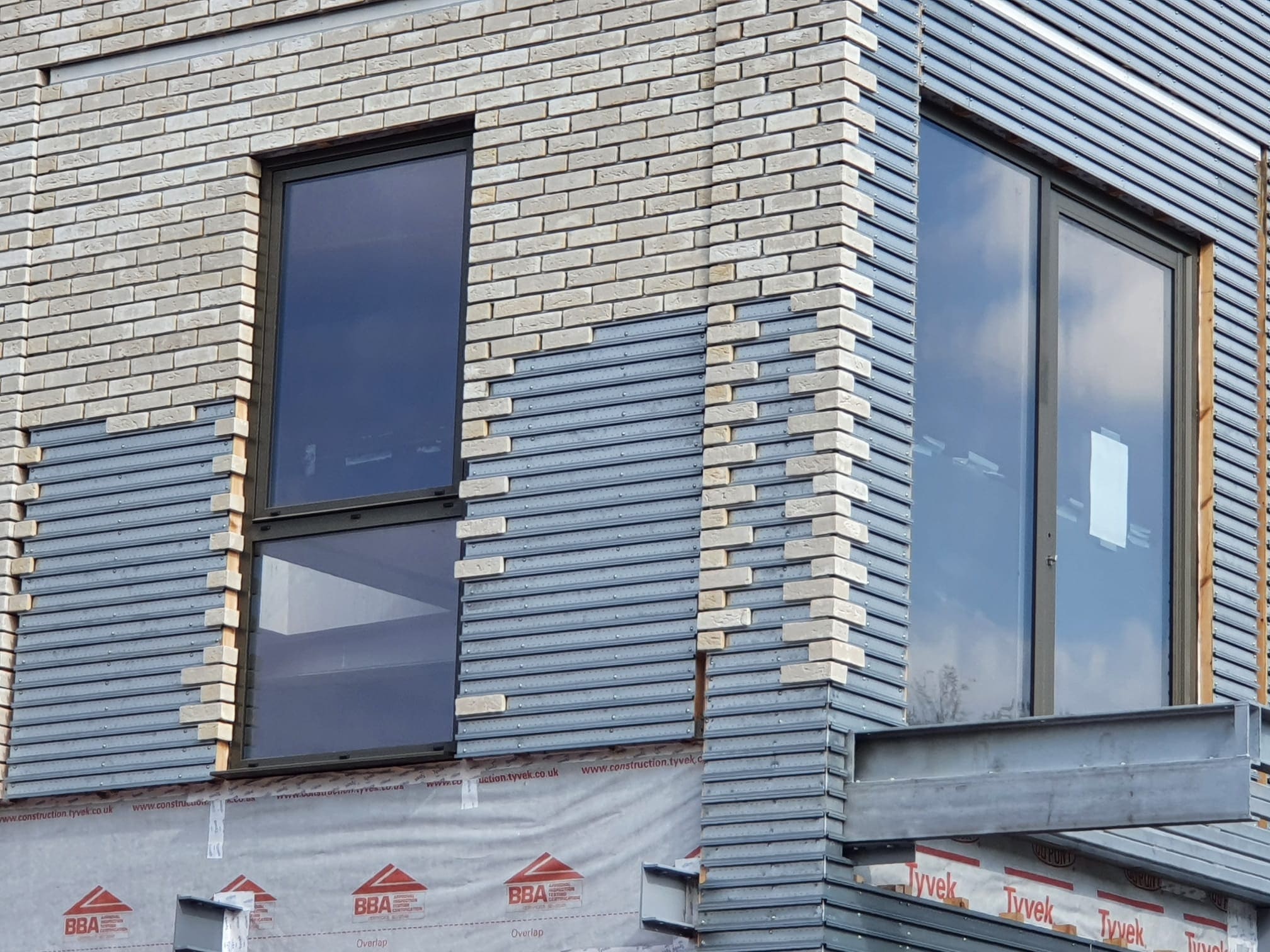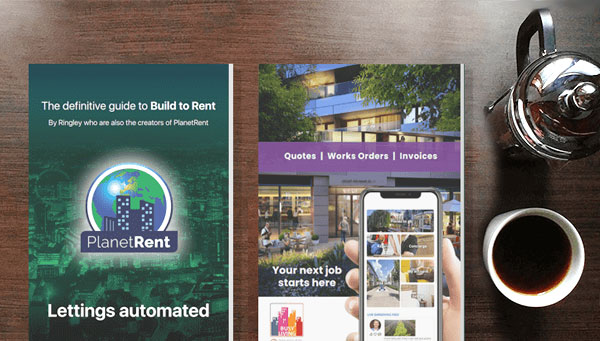 723
723
 0
0
The Impact of EWS1 Forms on Property Owners
EWS1 (External Wall System) forms are currently a major concern for freeholders and property managers, with significant consequences for residents and mortgage approvals. Following the Grenfell Tower fire in 2017, fire safety has become a top priority in the property sector, and lenders now require an EWS1 form for any building over 18 metres (five to six floors) to certify that its cladding is safe.
Challenges for Leaseholders and Mortgage Lenders
Different mortgage lenders have varied requirements, but for most leaseholders in high-rise buildings, the absence of an EWS1 form means their mortgage interest rates increase. Some leaseholders are paying over £100 extra per month in interest while waiting for the form. Additionally, re-mortgaging without an EWS1 form is being denied by many high street banks, creating further financial strain.
Ringley’s Experience in Getting Blocks Certified
Ringley Group Managing Director Mary-Anne Bowring has extensive experience working with lenders and building owners to obtain EWS1 certification—a process that takes approximately two and a half months.
Understanding the EWS1 Assessment Process
Mary-Anne explains that obtaining an EWS1 form requires a comprehensive review of the entire cladding system, including:
- Brackets and fixings
- Insulation behind the walls
- Total combustibility of the system
Changes in Fire Safety Testing Post-Grenfell
Immediately after Grenfell, the Building Research Establishment (BRE) conducted free cladding tests to assess fire risk. However, fire safety regulations have evolved. Now, many buildings previously tested must be re-tested—even when the cladding itself is deemed safe. The focus has shifted towards insulation and underlying materials, adding further delays and complexity.
Moving Forward with Fire Safety Compliance
With fire safety now at the forefront of property regulations, securing an EWS1 form is essential for leaseholders looking to sell, remortgage, or reduce their mortgage interest rates. Ringley Group continues to work with building owners, lenders, and residents to navigate these evolving requirements and ensure safer, compliant buildings.





Meet our Expert Property Commentators









